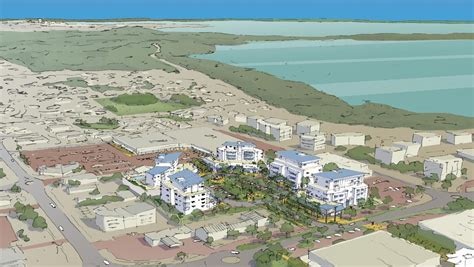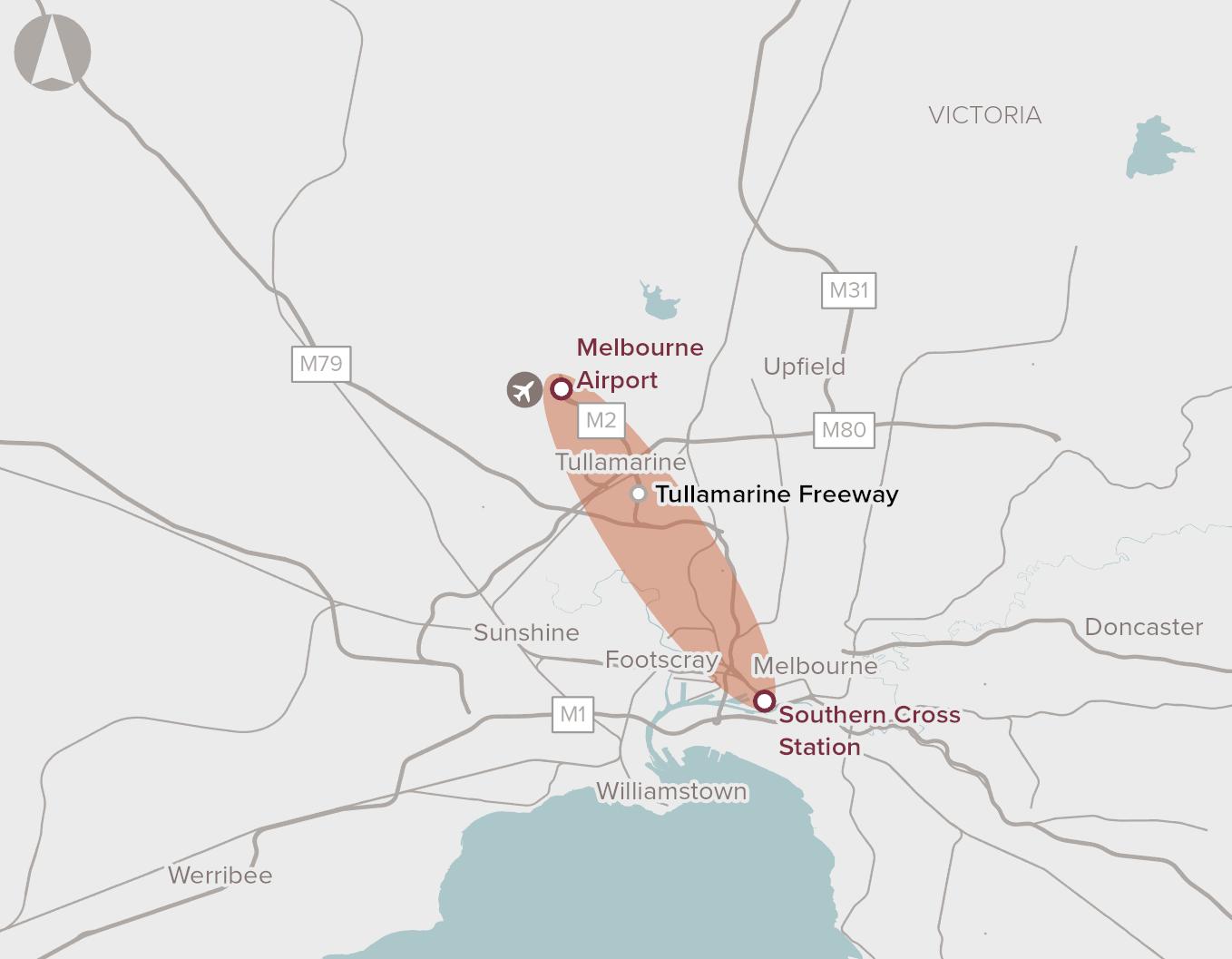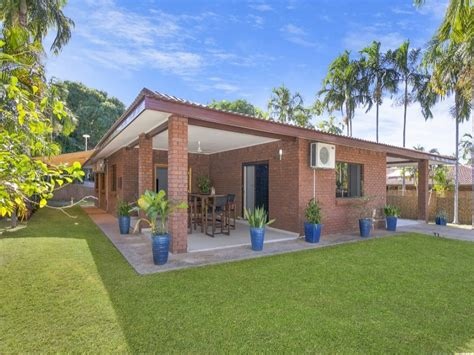Chart Color Schemes
est. as @ -- *
ABS ERP | -- people | --
2021 Census | -- people
Sales Activity
Curious about local property values? Filter the chart to assess the volume and appreciation (including resales) trends and regional comparisons, or scroll to the map below view this information at an individual property level.
Find a Recent Sale
Sales Detail
Population
An assessment of population growth drivers in Brinkin - Nakara reveals an overall ranking slightly below national averages considering recent, and medium term trends
Based on AreaSearch's analysis, Brinkin - Nakara's population is around 3421 as of Aug 2025. This reflects a decrease of 9 people, or 0.3%, since the 2021 Census which reported a population of 3430 people. The change is inferred from the estimated resident population of 3421 from the ABS as of June 2024 and address validation since the Census date. This level of population equates to a density ratio of 1271 persons per square kilometer, which is above the average seen across national locations assessed by AreaSearch. Population growth for the area was primarily driven by overseas migration that contributed approximately 81.6% of overall population gains during recent periods.
AreaSearch is adopting ABS/Geoscience Australia projections for each SA2 area, as released in 2024 with 2022 as the base year. For any SA2 areas not covered by this data, and to estimate growth across all areas in the years post-2032, AreaSearch is applying growth rates by age cohort to each area, as provided by the ABS in its latest Greater Capital Region projections (released in 2023, based on 2022 data). Anticipating future population dynamics, an above median population growth of statistical areas analysed by AreaSearch is projected, with the area expected to expand by 609 persons to 2041 based on the latest population numbers, reflecting an increase of 17.8% in total over the 17 years.
Frequently Asked Questions - Population
Development
The level of residential development activity in Brinkin - Nakara is very low in comparison to the average area assessed nationally by AreaSearch
Brinkin-Nakara has seen approximately zero new homes approved annually. Development approval data is produced by the Australian Bureau of Statistics on a financial year basis. Over the past five financial years, from FY20 to FY25, around four homes have been approved, with no approvals so far in FY26.
The population decline in recent years suggests that new supply has likely kept up with demand, offering buyers good choice. This financial year has seen approximately $23.1 million in commercial approvals, indicating moderate levels of commercial development. Compared to Greater Darwin, Brinkin-Nakara has significantly less development activity, being 91.0% below the regional average per person. This constrained new construction typically reinforces demand and pricing for existing dwellings. Nationally, this level is also lower, reflecting market maturity and potential development constraints.
Frequently Asked Questions - Development
Infrastructure
Brinkin - Nakara has limited levels of nearby infrastructure activity, ranking in the 1stth percentile nationally
Changes to local infrastructure significantly impact an area's performance. AreaSearch identified six projects likely to affect the area. Key projects include Royal Darwin Hospital (RDH) Mental Health Inpatient Unit and CSSD upgrades, CDU - Centre for Better Health Futures, Casuarina Square Redevelopment, and CDU - Trades Training Centre. The following list details those most relevant.
Professional plan users can use the search below to filter and access additional projects.
INFRASTRUCTURE SEARCH
Frequently Asked Questions - Infrastructure
Royal Darwin Hospital (RDH) Mental Health Inpatient Unit and CSSD upgrades
Three-storey mental health facility on the RDH campus delivering 24 beds (18 inpatient + 6-bed Stabilisation Assessment and Referral Area) connected to the Emergency Department by an enclosed elevated walkway, plus upgrades to the Central Services Sterilisation Department. Managing Contractor: Sitzler. Architects: Ashford Architects (now Ashford Lamaya). Construction commenced 2023 and is tracking toward completion in 2025.

John Stokes Square Redevelopment
The Nightcliff area in Northern Territory is undergoing redevelopment, with works in the John Stokes Square already underway. The redevelopment will feature a 24 Hour Police Station, specifically designed public housing including for seniors and people living with disabilities, a pedestrian-friendly link between the Nightcliff Village and Nightcliff Shopping Centre, open space and the expansion of local services. The construction of these important amenities will create more than 250 local jobs over the lifetime of the project.

Hudson Creek Power Station
12MW natural gas-fired power plant, NT's first privately owned grid-connected gas generation facility. Features 25% lower emissions than average NT gas generators. Part of dual project with Batchelor Solar Farm, creating 162 construction jobs and providing vital grid stability to Darwin-Katherine network.

Marine Industry Park
Marine and offshore industries servicing hub at East Arm, Darwin. Stage 1 planning approval is secured for a purpose-built industrial subdivision near the new Darwin Ship Lift, with expressions of interest open for serviced lots. Existing common-user facilities include an all-tide barge ramp (first point of entry) and a secure hardstand supporting storage and fabrication activities.

Social Housing Accelerator Payment (SHAP) - Greater Darwin / Nightcliff
Commonwealth-funded SHAP program delivering up to 100 new social and accessible homes across Greater Darwin, Katherine, Tennant Creek and Alice Springs. In Darwin's northern suburbs (including around Nightcliff), the NT Government commenced works in October 2024 with the first eight homes on vacant lots in Rapid Creek, Tiwi and Wanguri. Homes are being built to adaptable standards to better suit local climate and accessibility needs.

Darwin Corporate Park
Darwin Corporate Park is a premier business park for mixed use commercial office space located in what is now recognised as the centre of greater Darwin.

Frances Bay Mooring Basin lock upgrade
The Northern Territory Government has completed a $20 million upgrade of the Frances Bay Mooring Basin lock. The upgrade includes delivering new lock doors, modernising mechanical and electrical systems, and extending the life of the asset to ensure long-term sustainability, efficiency, and safety for industries such as seafood, pearling, and charter vessels.

CDU - Centre for Better Health Futures
A new $25.8 million, three-storey health teaching and research facility at Charles Darwin University's Casuarina campus. The Centre for Better Health Futures will include clinical and preclinical simulation environments, laboratory environments, and research infrastructure, including a simulated emergency department and hospital ward.

Employment
Employment conditions in Brinkin - Nakara demonstrate exceptional strength compared to most Australian markets
Brinkin-Nakara has a highly educated workforce with significant representation in essential services sectors. Its unemployment rate was 2.4% as of June 2025, lower than Greater Darwin's 3.0%.
Employment growth over the past year was estimated at 2.9%. As of June 2025, there were 2,137 residents in work, with an unemployment rate of 0.7% below Greater Darwin's and workforce participation similar to Greater Darwin's 69.7%. The dominant employment sectors among residents include health care & social assistance, education & training, and public administration & safety. Health care & social assistance is notably concentrated, with employment levels at 1.6 times the regional average.
However, public administration & safety is under-represented, with only 11.6% of Brinkin-Nakara's workforce compared to Greater Darwin's 19.5%. The area functions as an employment hub with 1.4 workers per resident, hosting more jobs than residents and attracting workers from surrounding areas. During the year to June 2025, employment levels increased by 2.9%, labour force grew by 2.9%, keeping unemployment relatively stable at 3.1%. In contrast, Greater Darwin saw employment rise by 2.9% while unemployment fell marginally. State-level data to Sep-25 shows NT employment grew by 1.0% year-on-year, adding 1,710 jobs, with the state unemployment rate at 4.2%, outperforming the national average of 0.26%. Jobs and Skills Australia's national employment forecasts from May 2025 suggest potential future demand within Brinkin-Nakara. National employment is forecast to expand by 6.6% over five years and 13.7% over ten years, with local growth estimated at approximately 7.1% over five years and 14.6% over ten years based on industry-specific projections.
Frequently Asked Questions - Employment
Income
Income metrics indicate excellent economic conditions, with the area achieving higher performance than 75% of national locations assessed by AreaSearch
AreaSearch's data for financial year 2022 shows median income in Brinkin - Nakara was $57,384 and average income was $66,829. This is higher than the national median of $65,522 and national average of $75,260 for Greater Darwin. By March 2025, estimates suggest median income will be approximately $63,375 and average income $73,806, based on Wage Price Index growth of 10.44% since financial year 2022. The 2021 Census places household, family, and personal incomes in Brinkin - Nakara between the 74th and 87th percentiles nationally. Income analysis reveals that 35.2% of residents (1,204 people) earn between $1,500 and $2,999 weekly, similar to regional levels at 36.7%. A significant portion, 37.0%, exceeds $3,000 weekly. After housing costs, residents retain 88.2% of income, indicating strong purchasing power, with the area's SEIFA income ranking placing it in the 7th decile.
Frequently Asked Questions - Income
Housing
Brinkin - Nakara is characterized by a predominantly suburban housing profile, with above-average rates of outright home ownership
Brinkin - Nakara's dwelling structures, as per the latest Census, consisted of 71.1% houses and 29.0% other dwellings. This contrasts with Darwin metro's structure of 68.4% houses and 31.6% other dwellings. Home ownership in Brinkin - Nakara was at 32.1%, compared to mortgaged dwellings at 28.8% and rented ones at 39.0%. The median monthly mortgage repayment in the area was $1,900, lower than Darwin metro's average of $2,028. The median weekly rent figure for Brinkin - Nakara was $393, higher than Darwin metro's $350. Nationally, Brinkin - Nakara's mortgage repayments were higher at $1,900 compared to the Australian average of $1,863, while rents were also higher at $393 compared to the national figure of $375.
Frequently Asked Questions - Housing
Household Composition
Brinkin - Nakara features high concentrations of group households, with a higher-than-average median household size
Family households account for 74.7% of all households, including 38.1% couples with children, 25.3% couples without children, and 9.2% single parent families. Non-family households constitute the remaining 25.3%, with lone person households at 20.2% and group households comprising 5.4%. The median household size is 2.9 people, larger than the Greater Darwin average of 2.7.
Frequently Asked Questions - Households
Local Schools & Education
The educational profile of Brinkin - Nakara exceeds national averages, with above-average qualification levels and academic performance metrics
Educational attainment in Brinkin-Nakara is significantly higher than broader benchmarks. As of 2021, 48.4% of residents aged 15+ held university qualifications, compared to 27.3% in the Northern Territory (NT) and 30.4% nationally. Bachelor degrees were most common at 28.6%, followed by postgraduate qualifications at 15.8% and graduate diplomas at 4.0%. Vocational pathways accounted for 24.4% of qualifications, with advanced diplomas at 8.5% and certificates at 15.9%.
Educational participation was notably high, with 40.3% of residents currently enrolled in formal education as of 2021. This included 16.8% in tertiary education, 9.8% in primary education, and 7.1% pursuing secondary education. Two primary schools served Brinkin-Nakara: Nakara Primary School and Holy Spirit Catholic Primary School, collectively serving 655 students as of 2021. Both schools focused exclusively on primary education, with secondary options available in surrounding areas. Brinkin-Nakara demonstrated above-average socio-educational conditions, with an ICSEA score of 1054.
Frequently Asked Questions - Education
Schools Detail
Nearby Services & Amenities
Transport
Transport servicing is high compared to other areas nationally based on assessment of service frequency, route connectivity and accessibility
Public transport analysis reveals 19 active transport stops operating within Brinkin - Nakara. These stops are serviced by 43 individual routes. Collectively, they provide 3091 weekly passenger trips.
Transport accessibility is rated excellent, with residents typically located 178 meters from the nearest transport stop. Service frequency averages 441 trips per day across all routes, equating to approximately 162 weekly trips per individual stop.
Frequently Asked Questions - Transport
Transport Stops Detail
Health
Brinkin - Nakara's residents boast exceedingly positive health performance metrics with very low prevalence of common health conditions across all age groups
Health outcomes data shows excellent results across Brinkin-Nakara, with very low prevalence of common health conditions across all age groups. The rate of private health cover is approximately 52% of the total population (~1,792 people), leading that of the average SA2 area.
This compares to 56.7% across Greater Darwin. The most common medical conditions in the area are arthritis and asthma, impacting 5.1 and 4.8% of residents respectively, while 80.0% declare themselves completely clear of medical ailments compared to 77.0% across Greater Darwin. The area has 13.5% of residents aged 65 and over (461 people), which is higher than the 12.3% in Greater Darwin. Health outcomes among seniors are particularly strong, broadly in line with the general population's health profile.
Frequently Asked Questions - Health
Cultural Diversity
Brinkin - Nakara is among the most culturally diverse areas in the country based on AreaSearch assessment of a range of language and cultural background related metrics
Brinkin-Nakara scores highly in cultural diversity, with 48.6% of its population speaking a language other than English at home and 50.5% born overseas. The dominant religion is Christianity, comprising 42.4% of people in Brinkin-Nakara. Notably, Buddhism is overrepresented, making up 5.4% compared to the regional average of 4.1%.
For ancestry, the top three groups are Other at 20.1%, English at 16.4%, and Australian at 16.3%. Some ethnic groups show significant differences: Filipino is overrepresented at 4.4% (vs 4.7%), Sri Lankan at 1.2% (vs 0.4%), and Greek at 4.3% (vs 3.7%).
Frequently Asked Questions - Diversity
Age
Brinkin - Nakara's young demographic places it in the bottom 15% of areas nationwide
At 33 years, Brinkin-Nakara's median age is comparable to Greater Darwin's average of 34 and is substantially under Australia's median of 38. Relative to Greater Darwin, Brinkin-Nakara has a higher concentration of 25-34 residents (23.7%) but fewer 45-54 year-olds (10.4%). This 25-34 concentration is well above the national average of 14.5%. According to data from the post-2021 Census, the 25 to 34 age group has grown from 22.2% to 23.7% of the population. Meanwhile, the 5 to 14 cohort has declined from 12.6% to 11.2%, and the 45 to 54 group dropped from 11.7% to 10.4%. Demographic modeling suggests that Brinkin-Nakara's age profile will evolve significantly by 2041. The 45 to 54 age cohort is projected to grow steadily, expanding by 121 people (34%) from 357 to 479. In contrast, the 5 to 14 cohort grows by a modest 3% (12 people).






